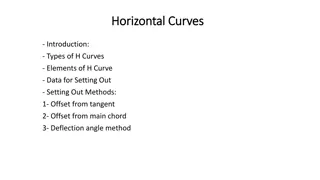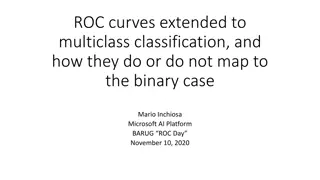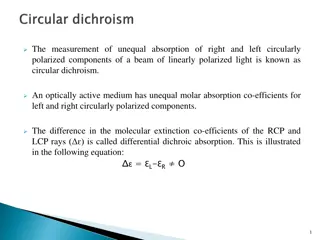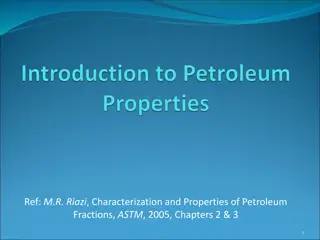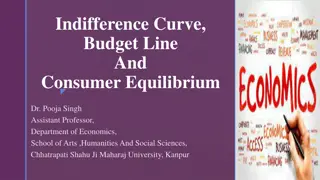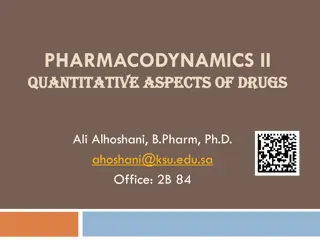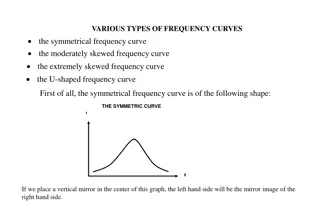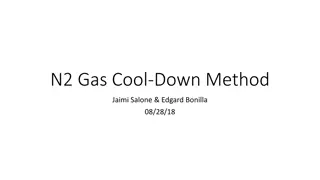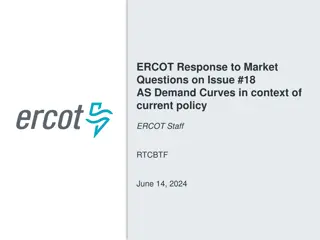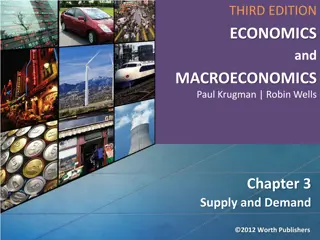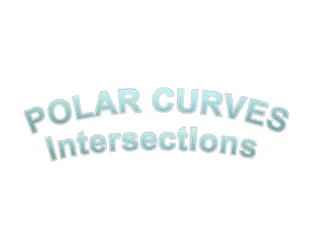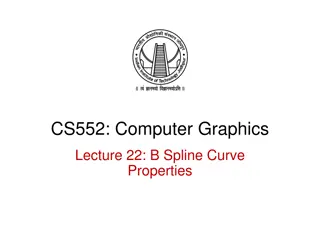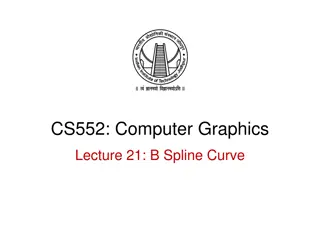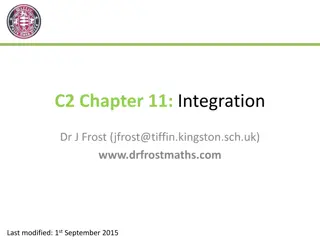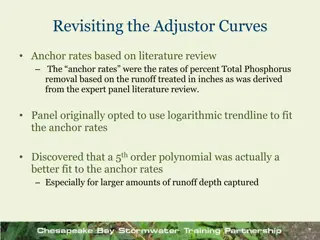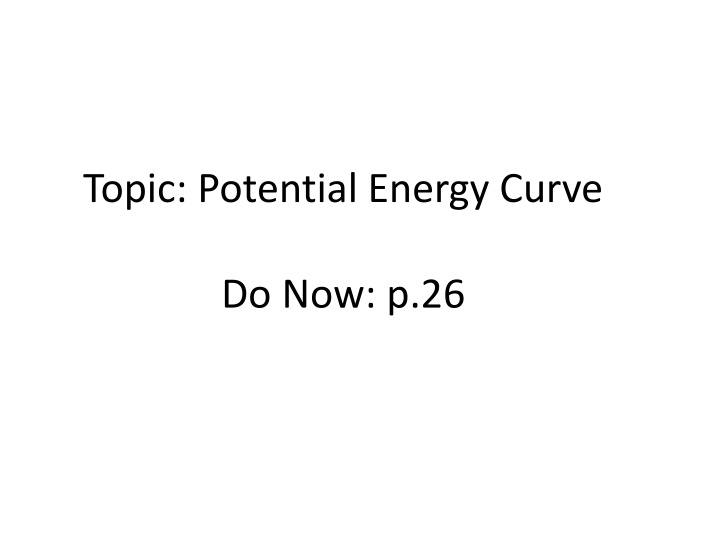
Activation Energy in Chemical Reactions
Explore the concept of activation energy in chemical reactions, spontaneous processes, potential energy curves, and more. Discover the role of energy in initiating reactions and transition states in this informative content.
Download Presentation

Please find below an Image/Link to download the presentation.
The content on the website is provided AS IS for your information and personal use only. It may not be sold, licensed, or shared on other websites without obtaining consent from the author. If you encounter any issues during the download, it is possible that the publisher has removed the file from their server.
You are allowed to download the files provided on this website for personal or commercial use, subject to the condition that they are used lawfully. All files are the property of their respective owners.
The content on the website is provided AS IS for your information and personal use only. It may not be sold, licensed, or shared on other websites without obtaining consent from the author.
E N D
Presentation Transcript
Topic: Potential Energy Curve Do Now: p.26
Spontaneous Processes =physical or chemical change that occurs with no outside intervention Iron rusting 4Fe(s) + 3O2(g) 2Fe2O3(s) H = -1625 kJ However, some energy may be supplied to get process started = activation energy CombustionCH4(g) + 2O2(g) CO2(g) + 2H2O(l) H = -891kJ
Activation Energy = Energy needed to initiate reaction Energy needed to overcome reaction barrier difference between where reactants start & top of hill Difference between reactants & activated complex
Energy Diagram of a Reaction Activated Complex = intermediate formed during conversion from reactants to products Reactants combine to form an unstable complex
Potential Energy Curve: Endothermic Products have more P.E. than reactants Start low, end high
Potential Energy Curve: Exothermic Products have less P.E. than reactants Start high, end low
Have to label 6 energies on curve: reactants & products 1. PE reactants 2. PE products 3. PE activated complex 4. Ea forward reaction 5. Ea reverse reaction 6. 6. H
40 Ea reverse rxn Ea forward rxn Enthalpy 30 20 PE activated complex PE products 10 PE reactants Time What kind of reaction is represented?
40 Enthalpy 30 H of reaction 20 10
40 Ea forward rxn Enthalpy Ea reverse rxn 30 PE of activated complex 20 PE of reactants 10 P.E. of products Time What kind of reaction is represented?
40 Enthalpy 30 20 H of reaction 10
Catalyst (in the body = enzyme) Substance that increases rate of reaction without itself being consumed does not participate in reaction Lowers the activation energy for the reaction
DOES IT AFFECT H? Catalysts do not affect H


